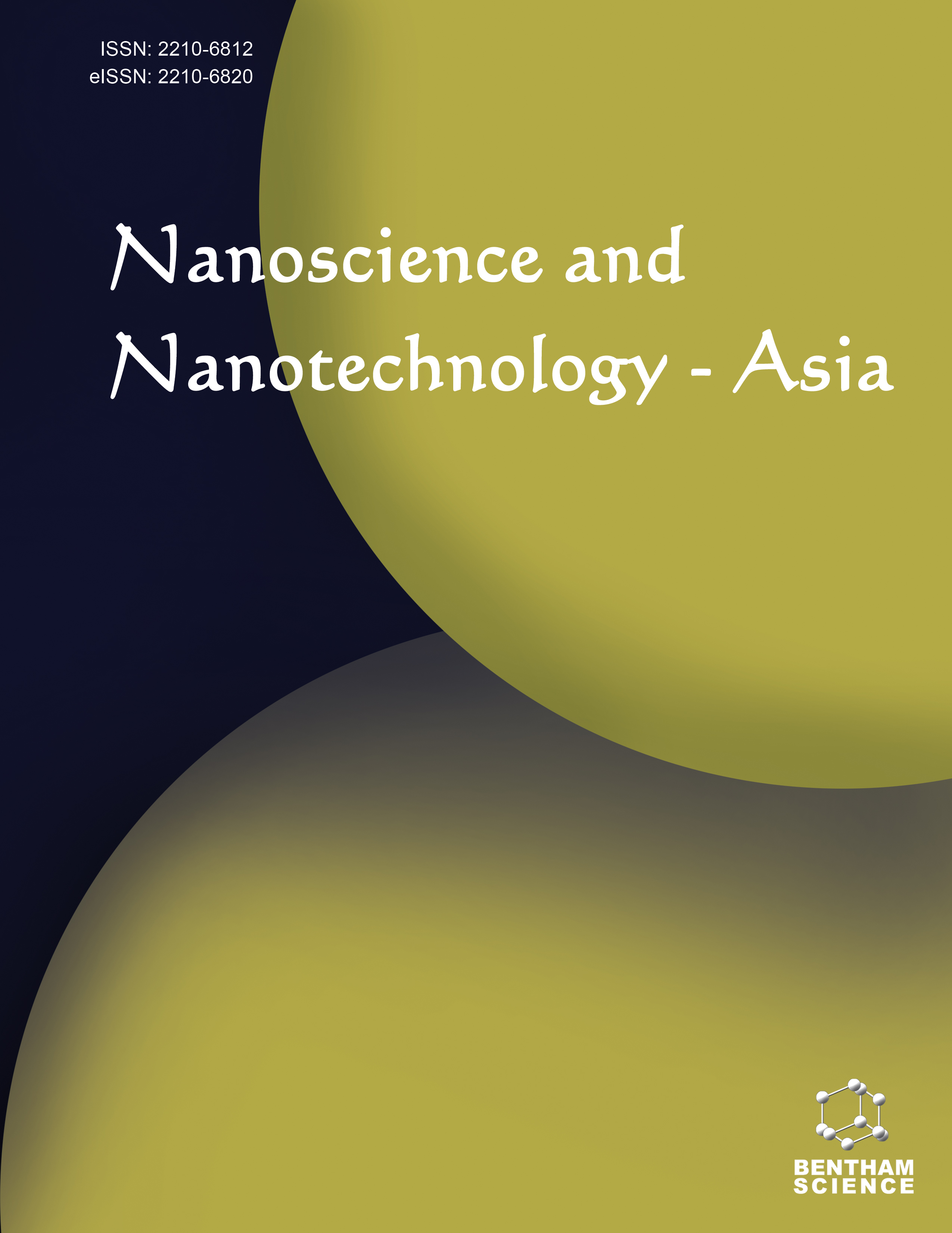
Full text loading...
This review explores the growing field of neurotherapeutics, focusing on biofunctionalized nanocarriers as innovative systems to deliver therapeutic agents, such as curcumin, across the blood-brain barrier (BBB). It highlights the limitations of conventional methods and presents nanocarriers as promising solutions for overcoming these challenges. The methodology examines experimental techniques used to investigate curcumin-loaded nanoparticles and their application in treating neurological conditions like multiple sclerosis, Parkinson’s, Alzheimer’s, and Huntington’s disease. By integrating nanotechnology, pharmacology, and neuroscience, the review emphasizes the potential of smart vehicles to enhance brain-targeted therapies and outlines a path for future research. Future research should refine nanocarrier design for better specificity and efficiency in crossing the BBB, enhancing brain-targeted drug delivery. Advancements in nanotechnology may enable personalized neurotherapeutics tailored to patients' genetics and disease progression. Translating these innovations to clinical use will require addressing regulatory hurdles and conducting trials. In recent case studies, biofunctionalized exosomes and lipid-based nanocarriers efficiently transported curcumin across the blood-brain barrier, reducing inflammation in spinal cord injury models and amyloid plaque accumulation in Alzheimer's models, highlighting curcumin's potential in treating neuroinflammatory and neurodegenerative diseases. Multifunctional nanoparticles capable of delivering multiple drugs or combining diagnostic and therapeutic functions could transform neurological disorder treatment. Exploring other neurotherapeutic compounds beyond curcumin and studying the long-term safety, toxicity, and immune response of nanocarriers will be crucial for clinical success.

Article metrics loading...

Full text loading...
References


Data & Media loading...

